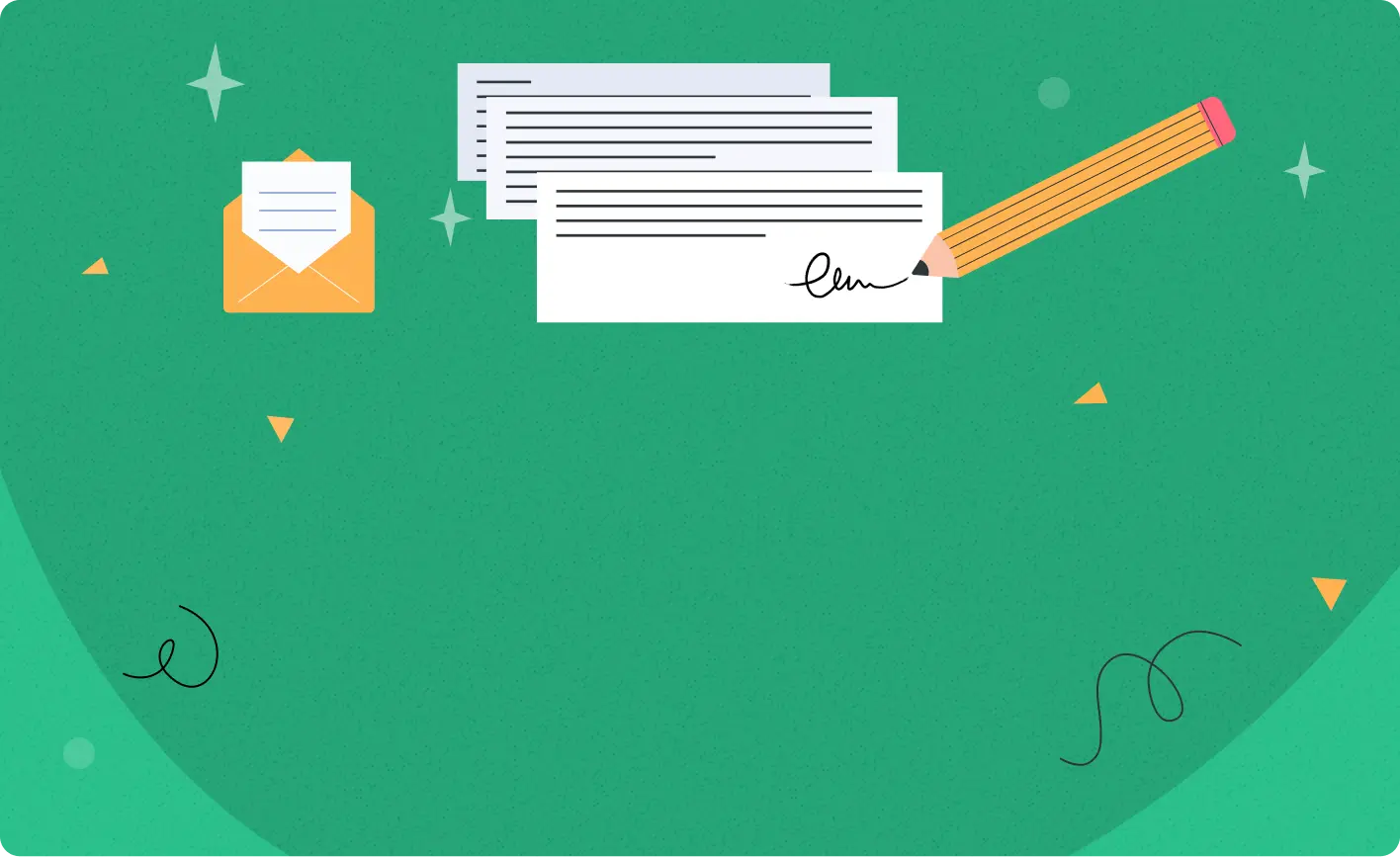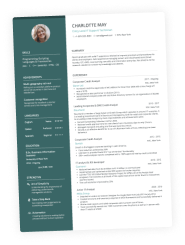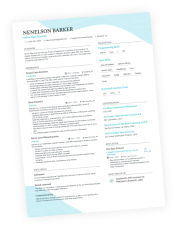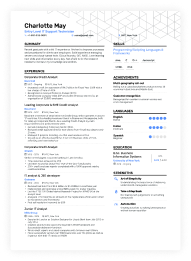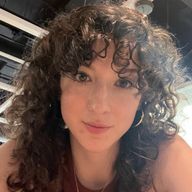Ever found yourself staring at an application portal wondering if you need a cover letter, a personal statement, or both? You’re not alone. Many job seekers and grad school applicants feel unsure about which document to use.
At first glance, they seem similar. Both introduce you and explain why you’re a strong candidate. But in reality, a cover letter and a personal statement serve different purposes and speak to different audiences. Knowing when to use each can set you apart from other applicants and help your story land with impact.
In this guide, we’ll break down what makes these documents unique, when each is appropriate, and how to write them with confidence. You’ll see examples and learn simple strategies to present yourself at your best—no guesswork required.
Key takeaways
- Cover letter: A one-page document tailored to a specific job application.
- Personal statement: A longer narrative explaining your background, goals, and motivations.
- When to use a cover letter: Most common in professional jobs and internship applications.
- When to use a personal statement: Typically required for academic programs, scholarships, or research roles.
- Tone: Professional and targeted vs. reflective and narrative.
- Why it matters: Understanding the differences helps you choose the right approach and avoid confusion.
Build a tailored, professional cover letter in minutes with our easy-to-use Cover Letter Generator.
What is a cover letter?
Think of a cover letter as your first handshake with an employer. It’s a one-page document that introduces you, highlights why you’re interested in the role, and shows how your skills match what the company needs.
Unlike a resume, which lists your experience and qualifications, a cover letter gives you space to connect your background to a specific job posting. It’s your chance to share a little of your personality and explain why you’re excited about the opportunity.
Most cover letters follow a simple structure:
- Introduction: Mention the position you’re applying for and where you found it.
- Body: Summarize your most relevant achievements, skills, or experiences that make you a strong fit.
- Closing: Reiterate your enthusiasm and invite the reader to connect.
Keep your cover letter concise—aim for about three to four paragraphs. Whenever possible, address it directly to the hiring manager or relevant decision-maker to create a more personal connection.
Now that you know what a cover letter does, let’s look at how a personal statement tells a different kind of story.
What is a personal statement?
A personal statement is your opportunity to reflect—not just on what you’ve done, but on why you’ve done it. It’s commonly used for graduate programs, scholarships, and academic or research roles.
Where a cover letter is about matching your skills to a specific job, a personal statement looks at the bigger picture: your motivations, your long-term goals, and the experiences that have shaped your path.
These documents are typically one to two pages long and are often submitted alongside an academic resume, giving admissions committees both the story and the stats behind your journey.
Structure your personal statement with a clear introduction, two to three main themes, and a conclusion that ties your story together.
Cover letter vs. personal statement: the core differences
While both documents introduce you to decision-makers, they serve different purposes. Understanding the contrast will save you a lot of second-guessing.
Here’s a quick side-by-side comparison to make it clear:
Cover letter vs. personal statement at a glance
| Aspect | Cover letter | Personal statement |
|---|---|---|
| Purpose | Show why you’re the right fit for a specific job | Share your background, goals, and motivation for a program |
| Tone | Professional and targeted | Reflective and narrative |
| Length | Typically one page | Often one to two pages |
| Focus | Skills and experience relevant to the role | Personal journey and long-term aspirations |
| Common uses | Job and internship applications (typically paired with a resume) | Academic, scholarship, or research applications (typically paired with an academic resume) |
Unlike a cover letter, which feels like a focused pitch, a personal statement reads more like a story about who you are and what drives you.
PRO TIP
If you’re applying to multiple positions or programs, avoid copy-pasting. Each document should feel personal and specific to that opportunity.
Examples to illustrate the difference
Sometimes it’s easier to see the contrast in action.
Here are two short examples to give you a feel for how each document sounds and what it aims to convey:
Example cover letter snippet:
Dear Hiring Manager,
I’m writing to express my interest in the Marketing Coordinator position at BrightWave Solutions. With three years of experience managing digital campaigns and a passion for creating engaging content, I’m excited to help your team drive brand growth. My background in data-driven strategy and collaborative project management makes me confident I’d be a strong asset to BrightWave’s mission.
Example personal statement snippet:
From an early age, I was fascinated by the power of storytelling in connecting people. This passion led me to pursue a degree in Communications, where I explored how media influences social change. Over the past five years, I’ve developed skills in digital marketing and community outreach, and I’m eager to deepen my expertise through the Master’s in Strategic Communication program. My long-term goal is to use these skills to support nonprofit organizations in amplifying their impact.
Notice how the cover letter sounds like a focused pitch for one role, while the personal statement feels more like a personal narrative. Knowing this distinction helps you write each document more effectively, with the right tone and structure for its purpose.
Conclusion
Choosing between a cover letter and a personal statement doesn’t have to feel overwhelming. When you understand how each document works—and the purpose it serves—you can approach any application with clarity and confidence.
Remember: a cover letter is your opportunity to connect your experience to a specific job, while a personal statement tells the bigger story of who you are and where you’re headed. Both can be powerful tools to help you stand out for the right reasons.
Take the time to tailor each document thoughtfully, and don’t be afraid to let your genuine voice come through. You’ve worked hard to build your skills—now it’s your chance to share them with the world.
